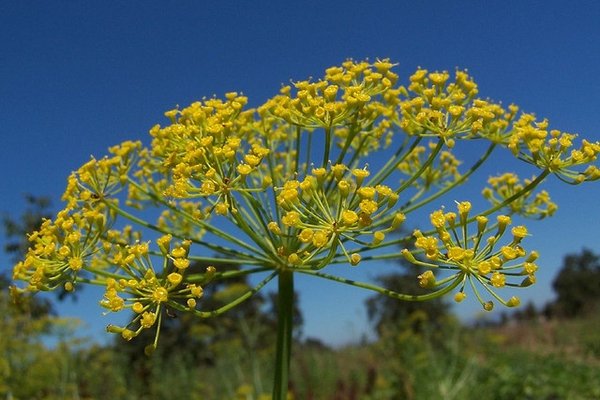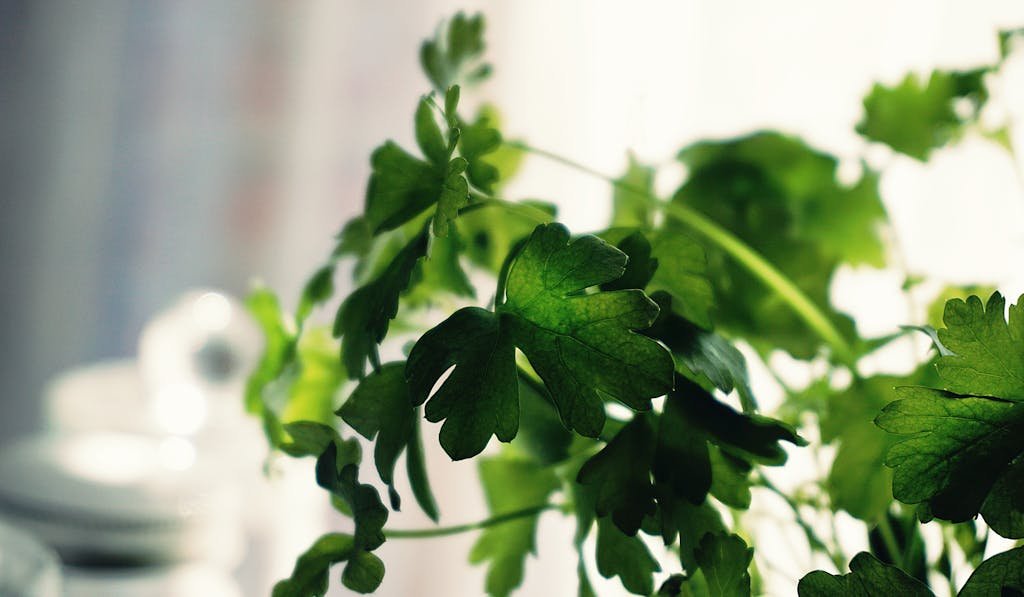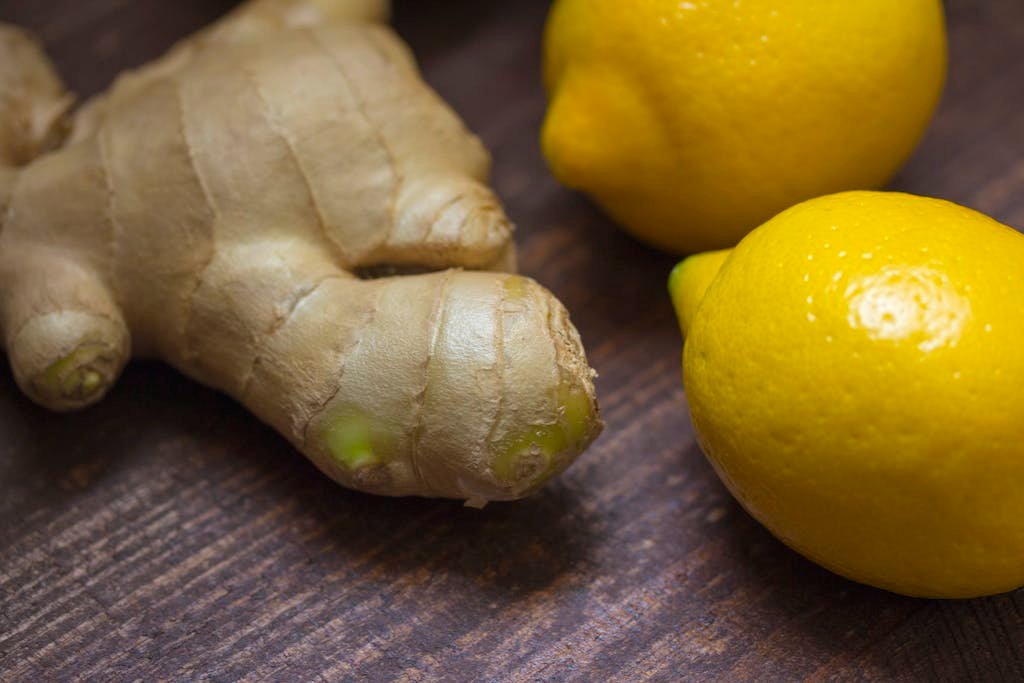Horseradish – (Armoracia rusticana)
Horseradish, scientifically known as Armoracia rusticana, is a powerful plant that’s been spicing up dishes for centuries. With its robust flavor and distinctive heat, it’s not just a condiment but a culinary tradition that spans cultures and continents. This root vegetable, often grated and used fresh, packs a punch that can turn any dish from mundane to memorable.
But horseradish is more than just a fiery addition to your plate. It’s steeped in history, with a rich background that intertwines with medicine, cuisine, and even folklore. As we dive into the world of horseradish, you’ll discover its surprising benefits, versatile uses, and why it continues to be a favorite in kitchens around the globe.
Key Takeaways
- Horseradish (Armoracia rusticana) is a versatile root vegetable with a rich history, spanning medicinal and culinary uses across cultures and continents. Its robust flavor and heat enhance a variety of dishes.
- Scientifically recognized for its health benefits, horseradish contains glucosinolates that aid in detoxification, fight off harmful bacteria, and may have cancer-fighting properties. It’s also rich in vitamin C and supports immune function.
- In the culinary world, horseradish is celebrated for its pungent flavor, commonly used in sauces, dressings, and even cocktails like the Bloody Mary. Its adaptability and unique taste profile have made it a staple in both traditional and modern recipes.
- Rooted deep in folklore, horseradish is attributed with protective powers and symbolic meanings, from warding off evil spirits to representing resilience and endurance in various cultures.
- Horseradish’s integration into dishes around the globe and its presence in folklore underline its significance beyond the kitchen, embodying a blend of culinary delight, health benefits, and cultural heritage.
The History of Horseradish
Horseradish, with its botanical name Armoracia rusticana, is not just a pungent condiment but a plant steeped in a rich history that spans centuries. Its origins trace back to Eastern Europe and Western Asia, where it was first cultivated for its medicinal qualities before it found its way into kitchens worldwide.
Early mentions of horseradish date to Greek and Roman texts, suggesting its use over 2,000 years ago. These civilizations recognized its value not only as a food enhancer but also for its therapeutic properties. It was prescribed for various ailments, ranging from relief of back pain to acting as an aphrodisiac.
By the Middle Ages, horseradish had spread throughout Europe. It became particularly entrenched in the culinary traditions of Germany, Scandinavia, and the British Isles. The Germans were known to use horseradish sauce to accompany meats and fish, a tradition that persists to this day.
In the 17th century, horseradish was introduced to North America by English colonists. It quickly adapted to the new environment and became a common ingredient in American kitchens. The versatility of horseradish allowed it to be incorporated into a wide range of dishes, proving its enduring appeal.
The expansion of horseradish cultivation and its integration into various cuisines underscore its adaptability and the widespread appreciation of its unique flavor profile. Research indicates that the compounds responsible for its distinctive taste, such as allyl isothiocyanate, have not only culinary but potential health benefits, adding another layer to the plant’s historical significance.
From its medicinal roots to its role in global culinary practices, horseradish has demonstrated a remarkable capacity to transcend cultural and geographical boundaries. Its journey from ancient remedies to modern kitchens reveals a dynamic evolution that continues to inspire chefs and home cooks alike.
Health Benefits of Horseradish
Horseradish, Armoracia rusticana, isn’t just a pungent condiment that adds a spicy kick to your favorite dishes; it’s also packed with health benefits. Research has unveiled that this potent root vegetable possesses anti-inflammatory, antibacterial, and possibly cancer-fighting properties.
One of the key components of horseradish is glucosinolates. These compounds are sulfur-containing chemicals found in cruciferous vegetables and have been shown to boost liver function and aid in the detoxification process. Studies indicate that the glucosinolates in horseradish can assist in fighting off harmful bacteria and promoting gastrointestinal health.
Moreover, horseradish is rich in vitamin C, a powerful antioxidant that contributes to immune defense by supporting various cellular functions of the immune system. Vitamin C not only fights free radicals but also helps in preventing common colds and may speed up the recovery process when you’re feeling under the weather.
The potential cancer-fighting properties of horseradish have caught the eye of researchers. Preliminary studies suggest that the compounds in horseradish could inhibit the growth of tumors by promoting the death of cancerous cells. While these findings are promising, further research is necessary to fully understand the impact of horseradish consumption on cancer prevention and treatment.
Additionally, horseradish can play a part in weight management. Its low calorie and high fiber content make it a great addition to any diet, promoting a feeling of fullness and reducing the likelihood of overeating.
- Anti-inflammatory Effects: Helps reduce inflammation.
- Antibacterial Properties: Fights off harmful bacteria.
- Cancer-Fighting Potential: Contains compounds that could inhibit tumor growth.
- Rich in Vitamin C: Supports immune system function.
- Weight Management: Low in calories and high in fiber.
The exploration of horseradish’s health benefits reveals its potential beyond the culinary world. Whether it’s enhancing your immune system, contributing to your dietary needs, or exploring its medicinal capabilities, Armoracia rusticana holds a special place in both the kitchen and natural medicine cabinet. However, as with any dietary supplement or food with medicinal properties, it’s always best to consult with a healthcare professional before making significant changes to your diet.
Culinary Uses of Horseradish
Horseradish, Armoracia rusticana, has carved a significant niche in global culinary traditions, showcasing its versatility beyond its medicinal roots. This fiery root, known for its pungent and spicy flavor, is a staple in many dishes, adding a robust kick that transforms the taste profile of an array of recipes.
One of the most iconic uses of horseradish is in prepared horseradish, which is horseradish root grated and mixed with vinegar. This condiment is a traditional accompaniment to roast beef, but its use doesn’t stop there. From being blended into sauces for steaks and seafood to adding a spicy zest to potato salads, horseradish brings a vibrant heat that elevates the flavors of various dishes.
- Sauces and Dressings: Horseradish is commonly blended into sauces, particularly in creamy forms, to accompany meats such as steak, pork, and poultry. Notably, horseradish cream sauce pairs exceptionally well with prime rib. Dressings infused with horseradish add a sharp, tangy flavor to salads and sandwiches.
- Cocktails: An unexpected but celebrated use of horseradish is in cocktail mixology. The Bloody Mary, a popular brunch cocktail, often features horseradish for an extra layer of complexity and heat.
Horseradish’s integration into different culinary practices reflects its adaptability and the broad palate appeal of its intense flavor. Whether it’s grated fresh over a dish or incorporated into condiments and sauces, horseradish imparts a distinctive taste that enriches food experiences. Its usage spans various cuisines, from Eastern European to American, demonstrating its global culinary significance.
While horseradish is prominent in traditional recipes, innovative chefs and home cooks alike continue to explore new ways to incorporate this potent herb into their culinary creations. This ongoing experimentation ensures that horseradish remains a relevant and favored ingredient in kitchens around the world.
Horseradish in Folklore
Horseradish, with its pungent aroma and fiery taste, transcends its culinary uses, embedding itself deeply into the fabric of folklore across various cultures. These tales and beliefs, handed down through generations, highlight the mystical and symbolic significance of Armoracia rusticana, infusing it with an aura that goes beyond its physical attributes.
In Eastern European traditions, horseradish has been celebrated not just for its medicinal and culinary uses, but also for its protective powers. It was common for people to hang dried horseradish roots in their homes, believing it would safeguard against evil spirits and misfortune. This practice stems from the potent nature of the plant, which is thought to purify the air and repel negative energies.
Moreover, horseradish holds a special place in Jewish culture, particularly during the Passover Seder. It serves as a bitter herb, or maror, symbolizing the harshness and bitterness of slavery that the Hebrews endured in Egypt. The eating of horseradish during this ritual is a sensory reminder of the past struggles and the strength found in liberation.
Folk medicine across the globe has recognized horseradish for its health benefits, long before modern research began to understand its chemical compositions. It was widely used as a remedy for various ailments, from respiratory issues to digestive disorders. The folklore surrounding its health benefits suggests an intuitive understanding of its bioactive compounds, which contemporary studies have begun to support.
In regions like Germany and Scandinavia, tales often feature horseradish as a symbol of resilience and hardiness. This likely reflects the plant’s own ability to thrive in harsh conditions, growing vigorously once it has taken root. Such stories often portray horseradish as an embodiment of endurance and survival, echoing the virtues humans aspire to.
As we delve into the world of horseradish and its folklore, we uncover layers of meaning that go beyond its use as a food ingredient. Its presence in myths and traditions around the world reflects a shared human tendency to invest natural elements with cultural and existential significance.
Horseradish, Armoracia rusticana, stands as a testament to the enduring connection between culture, tradition, and the natural world. Its journey from a simple culinary ingredient to a symbol of protection and resilience in folklore showcases its multifaceted significance. Whether it’s hanging dried roots in homes to ward off evil or commemorating historical struggles during Passover, horseradish’s legacy is as rich and robust as its flavor.
Its place in folk medicine further underscores the plant’s versatility and the deep-rooted belief in its beneficial properties. Ultimately, horseradish’s story is a reminder of how plants can weave into the fabric of human life, offering both tangible and symbolic nourishment.





